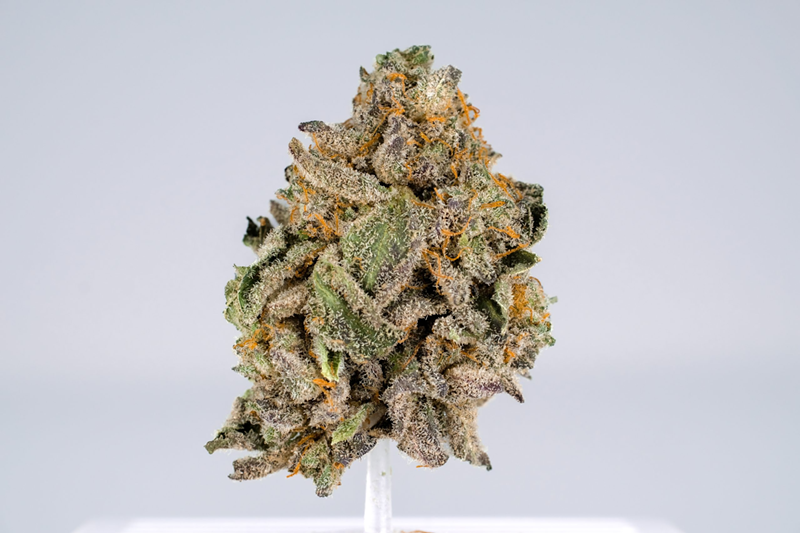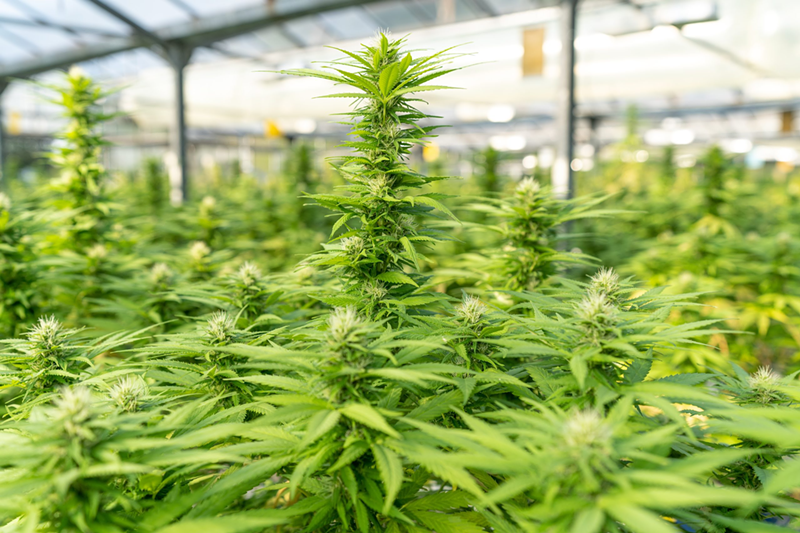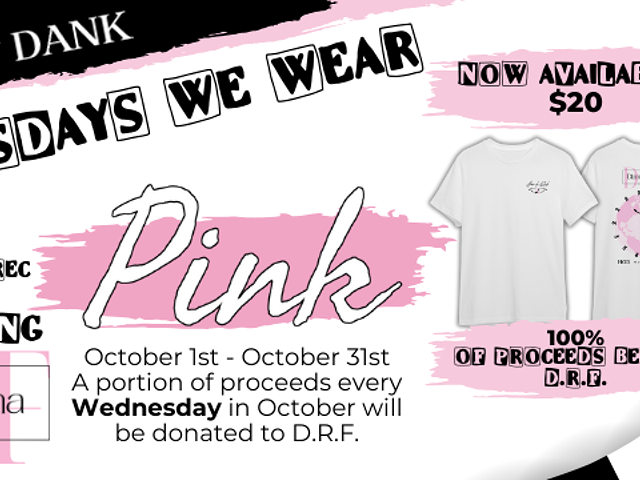When it comes to cannabis, there’s a lot of talk about THC percentages. While some believe that the quality of cannabis depends on its THC content, this is not entirely accurate. THC levels don’t say much about how great your weed actually is. Let’s dispel some of these misconceptions about THC percentages and then explore more accurate ways to assess cannabis quality.
Potency Testing Can Be Unreliable
First and foremost, it’s essential to understand that there are no strict regulations when it comes to testing the potency of cannabis. This means that the THC percentages you see on labels and at dispensaries can vary widely depending on where and how the testing was done. So, relying solely on these numbers can be misleading. Even if we were to assume that the THC percentages are accurate, there’s another factor to consider: the variability in THC content within the plant itself. THC is not distributed evenly throughout the cannabis plant. In fact, it can vary by as much as 10-15% depending on where the flower was harvested. The part of the plant where the flower comes from plays a significant role in its THC content. Buds at the top of the cannabis plant typically have the highest THC levels. As you move further down the plant, towards the leaves and stems, the THC content decreases. This means that relying solely on THC percentages can be very unreliable when assessing the overall quality of the cannabis.
The Entourage Effect
Secondly, It’s important to note that there is no compelling evidence or scientific research suggesting that higher THC levels offer greater benefits for any medical purpose. Likewise, in the context of recreational use, there is no substantiated link between THC potency and the degree of intoxication experienced. The concept of the entourage effect is based on the understanding that THC interacts with the body’s endocannabinoid system in a manner influenced by the presence of various other compounds found in cannabis. These additional elements, such as cannabinoids, terpenes, and flavonoids, possess the capacity to modify the effects of THC while also exerting their own impact on the endocannabinoid system and other receptor systems within the body. Consequently, the “potency” or effect of THC can exhibit considerable variation across different cannabis strains, largely owing to the presence or absence of these specific compounds in a given strain.
How To More Accurately Assess Cannabis Quality
To better assess the quality of the cannabis flower you’re purchasing, consider these three key factors: its aroma, its appearance, and its origin.
How Does It Smell?
When it comes to assessing the quality of cannabis, perhaps the most crucial aspect is its smell. High-quality cannabis flowers emit a strong aroma, which comes from the terpenes found on the plant’s trichomes. Terpenes are natural compounds present in all plants, not just cannabis. They have their own effects, such as providing energy or aiding sleep, and contribute to the type of high you experience. Cannabis strains with citrus, fruity, or pine-like scents typically deliver an uplifting, focused high, while those with earthy, floral, or spicy aromas tend to induce a calming or sedating effect.
You might have noticed that we haven’t mentioned the terms “indica” and “sativa” to describe cannabis effects. That’s because these terms primarily describe the plant’s physical structure, not its effects. Many people mistakenly believe that sativa strains provide an energizing high, while indica strains offer a calming one. However, this is a common misconception. The cannabis variety sativa actually refers to the fiber-type plant – hemp, while the cannabis variety indica refers to the drug-type plant – marijuana.
A more accurate way to determine a strain’s effects is to examine its terpene and cannabinoid profiles. Higher-quality cannabis usually contains higher terpene levels, making smell a reliable quality indicator. The stronger the aroma, the more potent the weed. Learning about different terpenes and their effects will help consumers predict the quality and effects of a particular strain.
Interested in learning more about terpenes? Click this link.
How Does It Look?
Another valuable way to gauge cannabis quality is by examining the buds’ color, structure, and overall appearance. High-quality buds should exhibit bright and lively colors rather than appearing dull or lackluster. Fresh, well-cured buds typically display vibrant shades of green, yellow, orange, red, and even purple. The pistils or “hairs” protruding from the buds start off white in younger plants but shift from yellow to orange as they mature. When you spot bright orange, amber, or red hairs densely scattered throughout the buds, it suggests good quality, while dull gray and brown hairs may indicate older or dried-out buds.
Buds that are covered in frosty trichomes are also a sign of good quality. Trichomes are responsible for the cannabinoids and terpenes that produce cannabis’ psychoactive and therapeutic effects. Consequently, the more frosty the bud appears, the more potent it likely is. Trichomes can be a bit challenging to see, so many dispensaries provide magnifying glasses or place the buds in magnifying jars to give customers a better view.
Higher-quality cannabis is often hand-trimmed rather than machine-trimmed. Using machines for trimming can potentially harm the buds and strip away their trichomes. Hand-trimmed buds tend to have unique shapes, fewer sugar and fan leaves, and a higher trichome count. On the other hand, machine-trimmed buds may look more standard and conical, with thin leafy bits protruding in random directions.
Where Is It From?
Some cannabis growers take a premium approach by using organic soil, sourcing seeds from reputable breeders, and investing in testing to determine specific cannabinoid and terpene profiles for their flowers. In contrast, others may prioritize quantity over quality, opting for cost-effective materials.
The characteristics of a particular cannabis plant, including its effects, potency, taste, and yield, are greatly influenced by its genetics and the conditions in which it is cultivated. High-quality cultivation facilities invest significant effort in breeding, pheno-hunting, and selecting strains for their diversity or high yield potential. Pheno-hunting begins with obtaining a batch of seeds from a trusted breeder. For instance, if there are 20 Blue Dream seeds, planting them all will yield plants with varying attributes despite sharing the same genetic source. Some plants may be shorter, others taller, and all may have different terpene and cannabinoid profiles. During pheno-hunting, cultivators seek the ideal combination of plant structure, resin production, resistance to pathogens, and terpene composition.
Distinguished cannabis cultivators are willing to allocate extra resources for testing their products to understand the cannabinoid and terpene profiles of the phenotypes they’ve developed. Observing terpene and cannabinoid profiles on product labels is a positive sign of superior-quality flower. While some cultivators may not specify individual cannabinoid and terpene profiles, they often include total cannabinoid and terpene percentages on their labels. Higher percentages, especially in terpenes, indicate more potent cannabis.
Quality Tip: At Quality Roots, we highly value brands that go the extra mile to produce top-notch craft cannabis flower. In recognition, we showcase these products in our “hype” cases, which are separate from our primary flower display. The items in our “hype” cases represent products we believe deserve special attention. These brands include, but are not limited to, Michigrown, 710 Labs, Tip Top Crop, Super Dope, and Peninsula Gardens. When you visit Quality Roots next time, don’t hesitate to ask your budtender to introduce you to our “Hype” cases, where you can conveniently find all your premium cannabis options in one place.
Redefining Cannabis Quality Beyond THC Percentages
With all that being said, the notion that high THC percentages equate to high-quality cannabis is a common misconception that needs debunking as it overlooks crucial factors. Instead, assessing quality should involve evaluating the aroma, appearance, and origin of the cannabis. A strong and distinctive aroma, influenced by terpenes, and vibrant bud colors with abundant trichomes are indicative of superior quality. Additionally, understanding a strain’s terpene and cannabinoid profiles offers more insight than the traditional indica and sativa labels. Furthermore, recognizing the efforts of cultivators who prioritize organic methods, reputable breeding, and testing contributes to a more informed selection of high-quality cannabis products.









